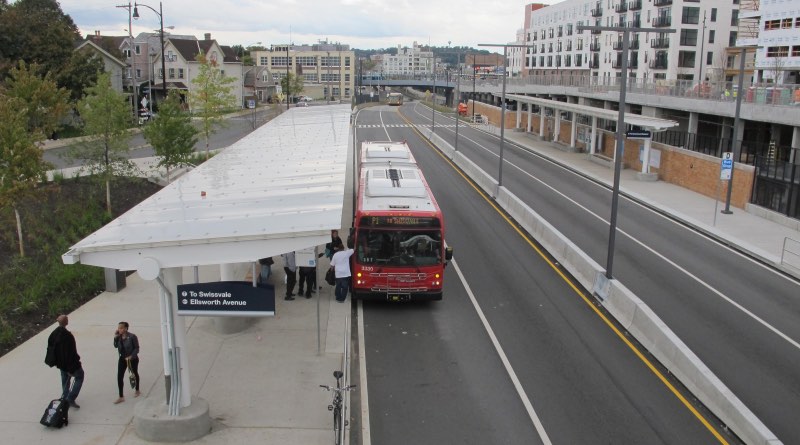Strengths and Weakness of Bus in Relation to Transit Oriented Development. (2005).
By Graham Currie, Institute of Transport Studies, Monash University, Australia
Currie offers a frank assessment of the strengths and weakness of bus transit-oriented development (BTOD) and discusses many of the issues confronting BTOD. These issues include flexibility, parking, permanence, service frequency, and unfamiliarity with this form of TOD. He observes that while bus rapid transit has strong and relatively unexplored promise for TOD in high density regions, suburban local bus transport—which Currie terms “lower order” bus services—shows only limited, though still positive, potential for TOD. Currie asserts that several challenges must be addressed if BTOD is to reach its potential. Bus travel must be de-stigmatized, the lack of transit agency staffing dedicated to BTOD must be addressed and the absence of interest and/or capacity in the bus industry must be overcome before BTOD can be a strong development strategy. Currie also highlights the issue of “scale dilution” as it affects BTOD. Local bus transit, serving a large number of stops, provides only limited support to development activity. However BRT service, like rail, tends to concentrate such activity. He notes though that the large number of bus stop locations creates greater choice for riders and supports development throughout a region.

